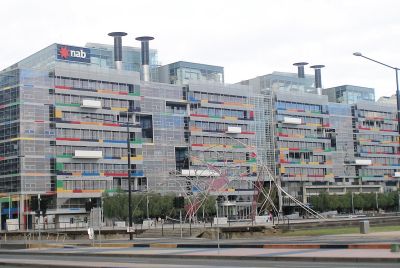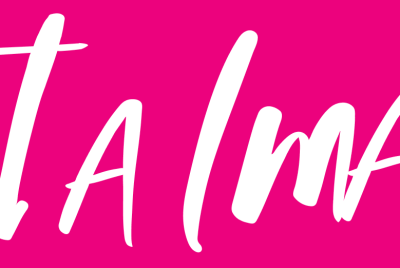Slowdown in spending by mining companies records a fall in Australia’s capital expenditure

Machineries and equipment purchase by mining companies have fallen significantly along with sinking manufacturing activities in the sector. The mining downswing has led Australia’s capital expenditure to record a significant fall as well.
According to a recent report by the Australian Bureau of Statistics, in the June quarter of the year, actual expenditures on buildings and structures have reduced by 5.6 percent, which has been led by a 10.9 percent fall in mining. Even though there has been an impressive 6.8 percent rise in manufacturing-related construction and 7.4 percent for other industries, the numbers weren’t still enough to balance the huge resources slump.
The ABS estimated that during the three months to June 30, Australian businesses have invested a total of AU$34.3 billion, down by 4 percent from the first quarter and 10.5 percent from the same quarter in 2014.
The ABC news reported that capital spending expectations are paid more attention by the economic and business analysts. The latest estimate for the current financial year was AU$4 billion more than the expected AU$114 billion and 10 percent higher than the previous estimates of the businesses. However, according to many of the economists, it is unlikely for most of the plans to be implemented.
"Based on historic 'realisation ratios' (five-year average, GDP reweighted), nominal implied growth in 2015/16 was still actually worse at a 'recessionary' -19 percent year-on-year (was -18 per cent previously)," the data read. "This is because intentions by industry showed 'other' deteriorated sharply. Mining remains in depression (-38 per cent, was -37 per cent), while manufacturing was less weak (-11 per cent, was -20 per cent); but the double-dip in the large 'other' category got even worse (-8 per cent, was -6 per cent)."
UBS, which provides global asset management services, has warned that the fall in capital expenditure could be indicative of a contraction in the economy during the June quarter.
Contact the writer at feedback@ibtimes.com.au, or let us know what you think below.





















